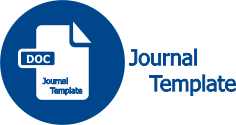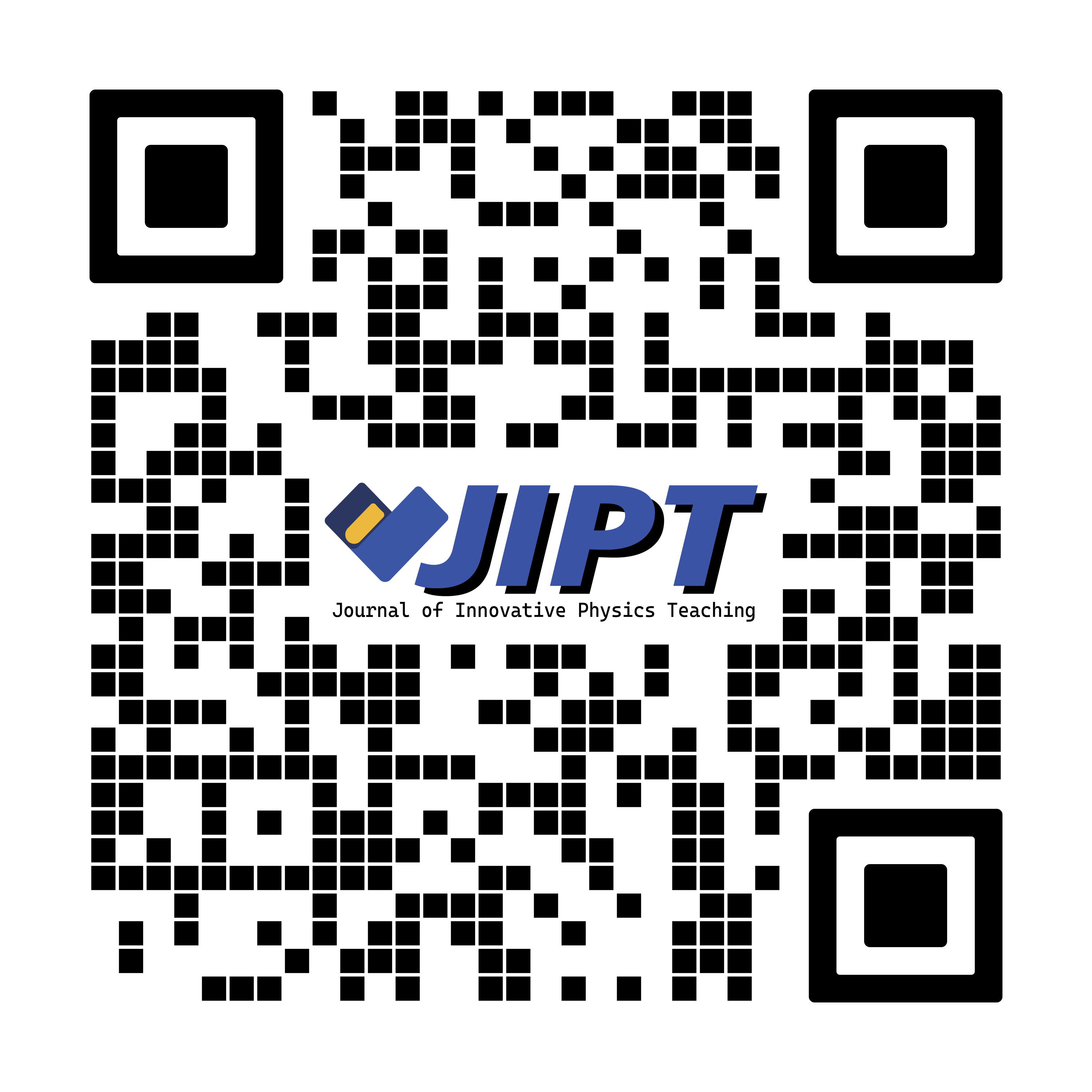Author Guidelines
GUIDE FOR AUTHORS
General Guide for Authors
- Manuscripts come from the results of research using experimental methods, research and development, classroom action research, correlational research, meta-analysis, systematic literature review, bibliometrics and other methods relevant to educational research.
- The structure of the manuscript writing follows the pattern of introduction, method, results and discussion, and conclusion known as the IMRAD pattern.
- Manuscript is written following the template and style of the Education Exact Journal with a total of 10 to 11 pages. Each page is written in full except for the last page, at least two thirds of the page is written.
- Each paragraph in the manuscript should meet the criteria for a good paragraph consisting of 5 to 7 effective sentences. The main idea of the paragraph needs to be written in an effective sentence. Each supporting sentence in the paragraph must match the main idea of the paragraph. An introductory paragraph to a table or graph consists of 3 to 4 effective sentences.
- Manuscript is written on the Education Exact Journal template in good Indonesian. The abstract part of the manuscript is written in good English. Besides that, authors need to pay attention to how to write titles and display tables or pictures in the latest manuscripts in this Journal.
- Each manuscript must meet originality, have never been published, meet the rules of a scientific work, and has a similarity level of less than 20% with a standard Turnitin check of a reputable international journal.
Special Guide for Authors
- Manuscript Title
The title contains research variables, has appealing, indicates novelty, has a maximum word count of 18 words. The title is written in Segoe UI font with a font size of 14.
- Abstract
The abstract consists of research urgency, research problem, solution of the problem, research objectives, research methods, research results, meaning and implications of research results. The abstract is written in italics in a good paragraph using the Segoe font with size 10 consisting of 190 to 200 words. Component of introduction, methods, and research results need to be written in a balanced way.
- Keywords
Keywords are written based on the title and research variables. Keywords consist of 4 to 5 words with capital letters at the beginning of each word.
- Introduction
The introduction describes well the urgency of the research, the research problem is supported by data and by other research results, the solution to the problem, the state of the art and the novelty of the research, the theoretical study of the solution, and the reasons for research needing to be done and research objectives. Each paragraph in the introduction consists of 5 to 7 effective sentences and is written in Book Antiqua font size 11.
- Methods
The components of the research method must be written more specifically according to the method and model applied. As an example for experimental research, research methods include: research method and design, population and sample, research implementation, instruments to collect the data, and data analysis techniques. Other research methods such as research and development, classroom action research, systematic literature review, and so on adjust to the characteristics of the method and model. Research design or model need to be cited from quality, relevant, and up-to-date books. Each paragraph on the research method must meet the criteria for a good paragraph consisting of 5 to 7 effective sentences.
- Results and Discussion
The research results describe the results of the research based on the research objectives. Research data needs to be displayed in the form of attractive tables or graphs in accordance with the latest examples of manuscripts published by the Education Exact Journal. The introductory paragraph to the Table or Graph is written 3 to 4 effective sentences. Data in tables or graphs need to be analyzed in depth and given meaning in one good paragraph consisting of 5 to 7 effective sentences.
The discussion is described by linking research results with theoretical studies and relevant research results. This section uses at least 10 citations from quality, relevant and up-to-date journals and proceedings. In the discussion it is also necessary to describe the findings and limitations of the research in one good paragraph consisting of 6 to 7 effective sentences.
- Conclusion
The conclusion includes an introductory sentence to the conclusion, brief research results, the meaning of the results, findings, and implications of the research results. Conclusions are written in one good paragraph consisting of 6 to 8 effective sentences.
- References
Citations and references in the Education Exact Journal are based on the 7th edition of the APA system. The minimum number of citations and references is 30 from quality, relevant and up-to-date journals, proceedings and textbooks. Make sure that 90 percent of the references come from journals and proceedings. Also try to get 80% of references from journals, proceedings and textbooks written in English. Examples of writing references are as follows:
Asrizal, A., & Festiyed, F. (2020). Studi pendampingan pengembangan bahan ajar tematik terintegrasi literasi baru dan literasi bencana pada guru IPA Kabupaten Agam. Jurnal Eksakta Pendidikan (Jep), 4(1), 97. https://doi.org/10.24036/jep/vol4-iss1/431
Li, T., Miller, E., Chen, I. C., Bartz, K., Codere, S., & Krajcik, J. (2021). The relationship between teacher’s support of literacy development and elementary students’ modelling proficiency in project-based learning science classrooms. Education 3-13, 49(3), 302–316. https://doi.org/10.1080/03004279.2020.1854959
Sukaesih, S., Zubaidah, S., Mahanal, S., & Listyorini, D. (2022). Enhancing students’ nature of science understanding through project-based learning and mind mapping. International Journal of Evaluation and Research in Education, 11(4), 1704–1713. https://doi.org/10.11591/ijere.v11i4.22282
Usmeldi, U., & Amini, R. (2022). Creative project-based learning model to increase creativity of vocational high school students. International Journal of Evaluation and Research in Education, 11(4), 2155–2164. https://doi.org/10.11591/ijere.v11i4.21214







